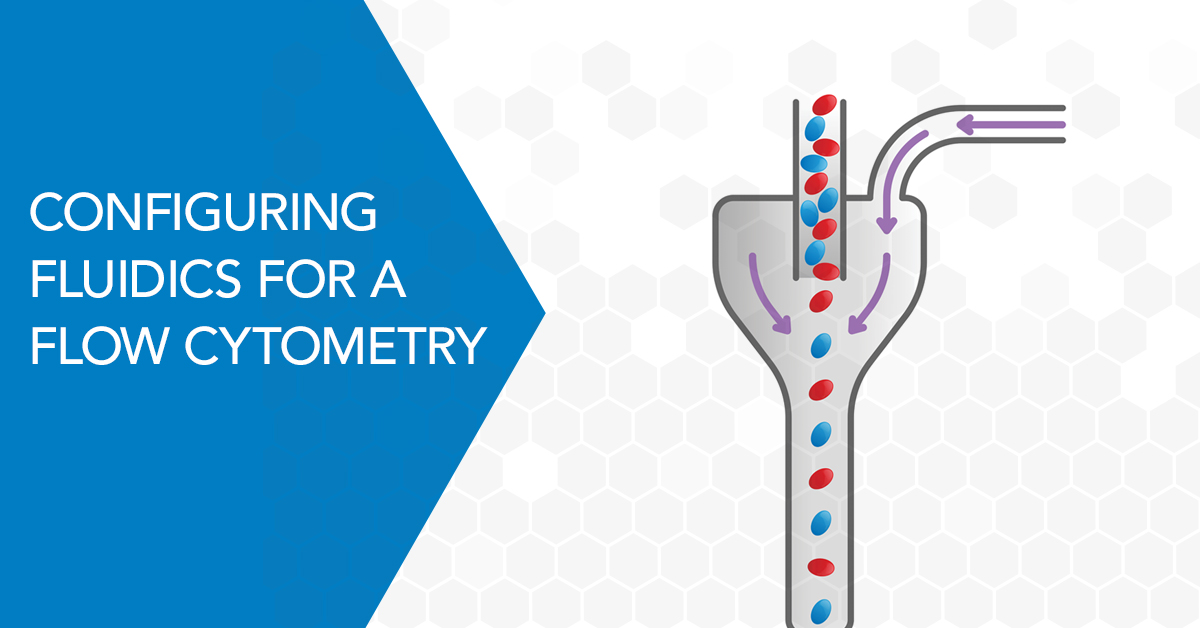How to Configure Fluidics for a Flow Cytometer
Jun 13, 2023
by
IDEX Health & Science

- What is the most optimal configuration for my fluidic design? Can you help me convert my sketch to a reality?
Answer: We have a team of engineers specialized in fluidic design and application work, they can help guide you
through the process.
- How can I be sure that this is the best fluidic design for my instrument?
Answer: Our team of engineers can computationally model to ensure the design is sound. Saving you valuable time prototyping, getting you to market faster,
and identifying risk areas early in the development process.
- How critical is a pressure sensor in these designs?
Answer: Pressure monitoring is key for flow control as well as diagnostic evaluation of flow path stability. Our small format pressure sensors are designed to be easily integrated
into your instrument for accurate pressure measurements along the stream.
- I have never used a degasser before, why should I consider one now?
Answer: When a reagent undergoes a pressure change, there is a risk of outgassing. Additionally, temperature changes and/or mixing of reagents can cause gas
bubble formation in the fluidic stream. Bubbles can introduce flow rate variation and disrupt optical detection. Integrating an active degasser into the fluidic channel prevents risk for error due to dissolved gases.
- What materials do you use for your components?
Answer: Our valves, pumps, and tubing assemblies are offered in a wide variety of materials to ensure compatibility for reagents and beads, without the fear of unwanted secondary
interactions, or impacting light sensitive compounds.
- When would I use a piston pump over a pressurized reservoir for sheath flow?
Answer: Using a piston pump provides a smaller instrument form factor by removing the pneumatic system. Additionally, piston pumps simplify the system
design, offer better control options than pressurized systems, remove the potential for gas oversaturation, and improve system uptime.
View our Flow Cytometry Capability Guide to Learn More


